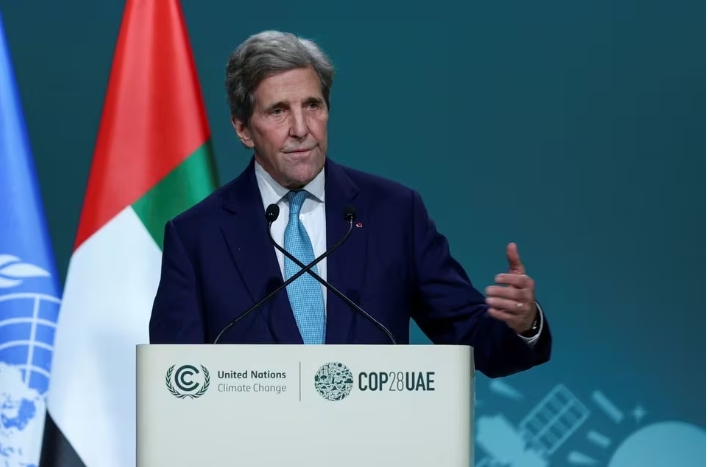
Kerry said the plan involved 35 nations and would focus on research and development, supply chain issues, and regulation, and safety.
"There is potential in fusion to revolutionize our world," Kerry told the COP28 climate summit in Dubai.
Fusion, which powers the sun and other stars to generate electricity, can be replicated on Earth with heat and pressure using lasers or magnets to smash two light atoms into a denser one, releasing large amounts of energy.
The nascent technology could have an important advantage over today's nuclear fission plants by producing huge amounts of unlimited power without long-lasting radioactive waste.
But there are big hurdles to fusion's producing commercial electricity. For one, scientists have so far only achieved scattered instances where fusion experiments produce more energy than is required to make them happen.
There are also regulatory, construction and siting hurdles in creating new fleets of power plants to replace parts of existing energy systems.
Britain and the United States on Nov. 8 signed a cooperation agreement on fusion. Other countries pursuing fusion include Australia, China, Germany and Japan.
In August, scientists using laser beams at a U.S. national lab in California repeated a fusion breakthrough called ignition where for an instant the amount of energy coming from the fusion reaction surpassed that concentrated on the target.
Scientists estimated, however, that the net energy output of that experiment was only about 0.5% of the energy that went into firing up the lasers.
Of the two main types of fusion, one uses lasers to concentrate energy on a gold pellet containing hydrogen.
The other uses powerful magnets to trap plasma, or gaseous hydrogen heated to about 100 million degrees Fahrenheit (55 million degrees Celsius).